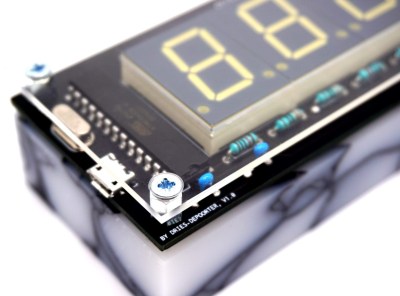Microsoft’s Patch Tuesday just passed, and it’s a humdinger. To add the cherry on top, two seperate BSOD inducing issues led to Microsoft temporarily pulling the update.
Among the security vulnerabilities fixed is CVE-2021-26897, another remote code exploit in the Windows DNS server. It’s considered a low-complexity attack, but does require local network access to pull off. CVE-2021-26867 is another of the patched vulnerabilities that sounds very serious, allowing an attacker on a Hyper-V virtual machine to pierce the barrier and run code on the hypervisor. The catch here is that the vulnerability is only present when using the Plan 9 filesystem, which surely limits the scope of the problem to a small handful of machines.
The most interesting fixed flaw was CVE-2021-26411 a vulnerability that allowed remote code execution when loading a malicious web page in either IE or pre-chromium Edge. That flaw was actively being exploited in a unique APT campaign, which we’ll cover right after the break.




















